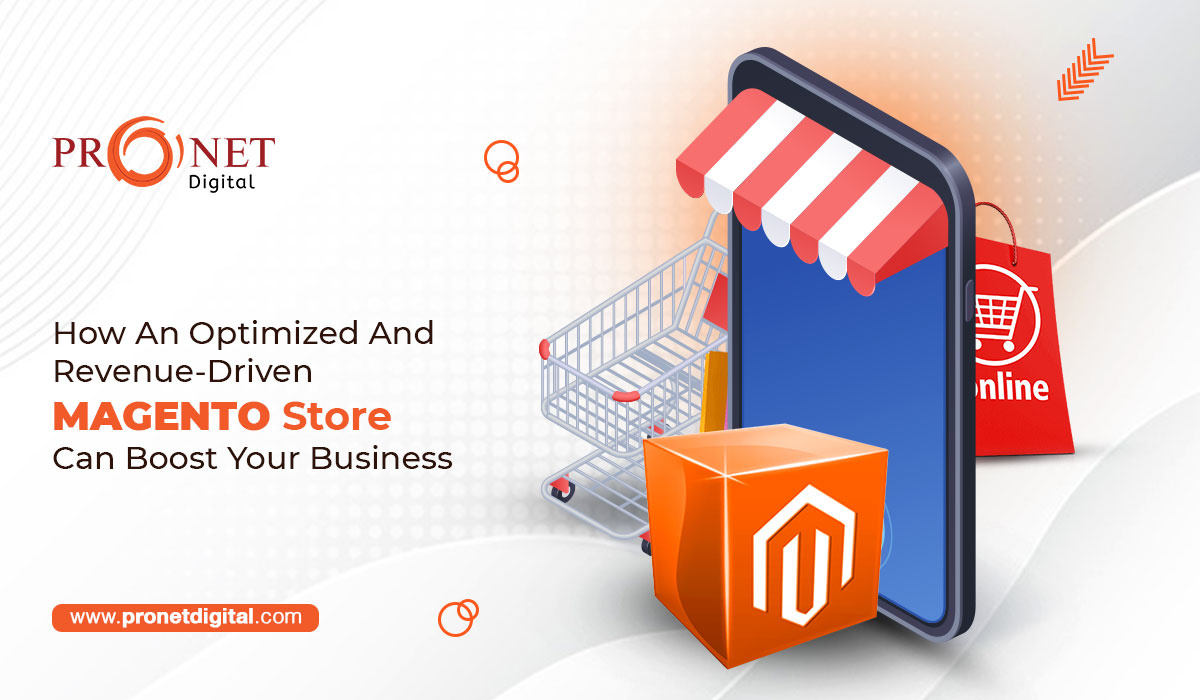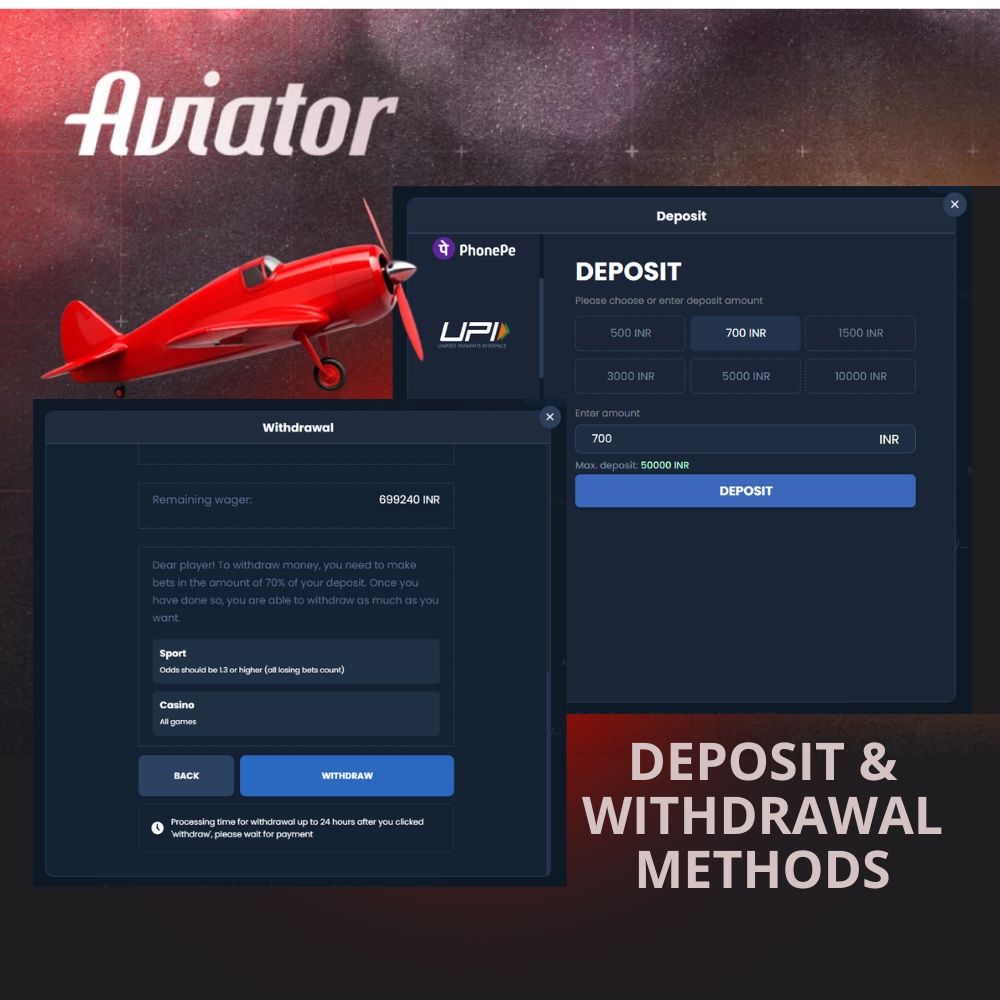Okay, so check this out—cross-chain swaps used to feel like black magic. Wow. Seriously? Yeah. The idea of moving value across chains without stepping in a minefield of bridge risk is seductive, but messy. My first instinct was to avoid it entirely. Then I tried a few flows and things changed. Initially I thought bridges would always be the weak link, but then I realized routing and UX matter just as much as the underlying tech.
Here's the thing. On one hand you have composability—assets from many chains interacting. On the other, you get fragmented liquidity and wildly different gas systems. Hmm... it can be dizzying. My gut said: if you care about security and gas efficiency, your wallet choice matters. I'm biased, but the right wallet can cut friction and reduce mistakes that cost real money.

Why cross-chain swaps still feel risky (and what to watch for)
Fast take: not all bridges are equal. Some are custodial, some rely on multisigs, some use liquidity networks. Each model has trade-offs. Short sentence. If you route through the wrong bridge, you could face long delays or smart-contract exploits. Really? Absolutely. Look, a bridge with cheap fees but poor audits is a false economy.
On the technical side, atomicity is the holy grail—synchronous settlement so both sides either succeed or fail. That’s rare. More common are lock-and-mint or liquidity-routing mechanisms that introduce counterparty and smart contract risk. Initially I assumed multi-hop paths were only about price. Actually, wait—let me rephrase that: they affect both price and security. Multi-hop can save gas or slippage, but adds more contracts you’re implicitly trusting.
So what should you check before you click “confirm”? Gas refund mechanisms (if any), the bridge operator’s history, contract audits, and whether the swap shows the full routing path. If anything looks opaque, pause. My instinct said pause more than once—and it saved me from a sloppy route that would’ve doubled gas fees.
Gas optimization: practical tricks that actually save money
First, stop treating gas as a black box. Short sentence. Learn the basics of the target chain’s fee model. EVM chains are different from rollups and L2s. On some L2s you pay both an L2 fee and an eventual L1 settlement fee. On others you prepay or use relayers.
One practical trick: batch operations when possible. That could mean bundling approvals and swaps, or using meta-tx relayers where supported. It sounds clever—and it is—but be careful: batching can increase the blast radius if something goes wrong. On the other hand, single approvals per token are the worst offender. Approve a minimal allowance or use permit-style approvals where possible.
Another tip: time your transactions. Gas often spikes during major market moves or network events. Short sentence. Use wallets and services that estimate gas in real time and suggest safe yet cheap gas prices. Also, watch for UX features that show real estimated L1 settlement fees for cross-chain actions; those hidden costs bite hard.
Portfolio tracking across chains: the sane way to stay on top
Seriously—without a clear multi-chain dashboard you forget assets. I'm not joking. On some days I had tokens on three chains and nearly forgot them. The consequence: lost opportunities, and worse—forgotten approvals that still had allowances. Somethin' about scattered assets makes risk management harder.
Good portfolio tracking is about two things: completeness and fidelity. Completeness means tracking every chain you care about. Fidelity means using on-chain reads (not only API snapshots) to get accurate balances, transaction histories, and pending states. On the whole, wallets that link directly to on-chain data sources reduce reconciliation errors.
Pro tip: choose a wallet that highlights pending cross-chain transfers and estimated finality times. That little feature has saved me from panicking and repeatedly retrying transfers—retrying that would have cost extra gas and created messy states. Also, exportable reports help when you want to audit your own activity or check tax implications.
Where a wallet can make-or-break your cross-chain game
Okay—wallets matter more than most people admit. They’re the interface between you and every contract. If the wallet surfaces routing details, gas breakdowns, and bridge provenance, you can make informed decisions. If it hides them, you’re flying blind.
I started favoring wallets that offer granular permission controls and clear swap receipts. One feature I value is the ability to preview the exact smart contracts involved in a swap. Another is the ability to set per-contract allowances or revoke them quickly. Those small controls are very very important when you're juggling assets on multiple networks.
In my hands-on experience, a wallet that ties together cross-chain routing, gas estimation, and portfolio views reduces both cognitive load and actual costs. Check it out—I've been using a few, and one that keeps coming up for me is rabby wallet. It surfaces contract-level detail and gives a cleaner swap UX across chains.
Common failure modes and how to avoid them
Here are the things that bug me the most about cross-chain tooling: unclear routing, hidden settlement fees, and approval bloat. They often come together. If you fix approvals but ignore finality fees, you're still vulnerable. On one hand, you can be frugal; though actually, if you're too frugal, you might pick unsafe routes.
So balance is key. Use wallets that explain trade-offs in plain language. If an interface promises "instant" without explaining custodial risks, that's a red flag. If it shows transparent contract addresses, audits, and routing splits, that's a green flag. I'm not 100% sure on every new bridge—new tools ship fast—but these heuristics usually hold up.
FAQ
Q: How do I choose between speed and security on a cross-chain swap?
A: It depends on the amount and your risk tolerance. For large transfers, prefer audited, well-known bridges even if they cost more or take longer. For small, routine trades, liquidity-based routers that minimize slippage may be fine. Always check contract provenance and consider splitting large transfers into smaller, safer chunks.
Q: Can I reduce gas fees without sacrificing safety?
A: Yes. Use permit approvals where supported, batch operations wisely, and rely on wallets that estimate both L2 and eventual L1 fees. Avoid unnecessary re-approvals and consider timing transactions outside peak congestion. Also, using a wallet that surfaces estimated final settlement costs prevents nasty surprises.
Q: How should I track assets across unfamiliar chains?
A: Use a portfolio tracker that reads on-chain data across the chains you hold assets on. Export your transaction history regularly, and keep a manual ledger for large positions. Prefer tools that let you verify balances via block explorers or direct RPC queries, rather than relying only on consolidated APIs.
Wrapping up—though I won't wrap it like a neat little bow—if you're serious about multi-chain DeFi, prioritize a wallet that explains the plumbing, offers fine-grained permissions, and gives transparent gas estimates. Small choices add up. My instinct still warns me about flashy "free" bridges, but my experience tells me that good UX and clear data save money and stress. So yeah—be curious, be skeptical, and use tools that put the details front and center. Oh, and by the way... keep a spreadsheet. You'll thank yourself later.
Read more















